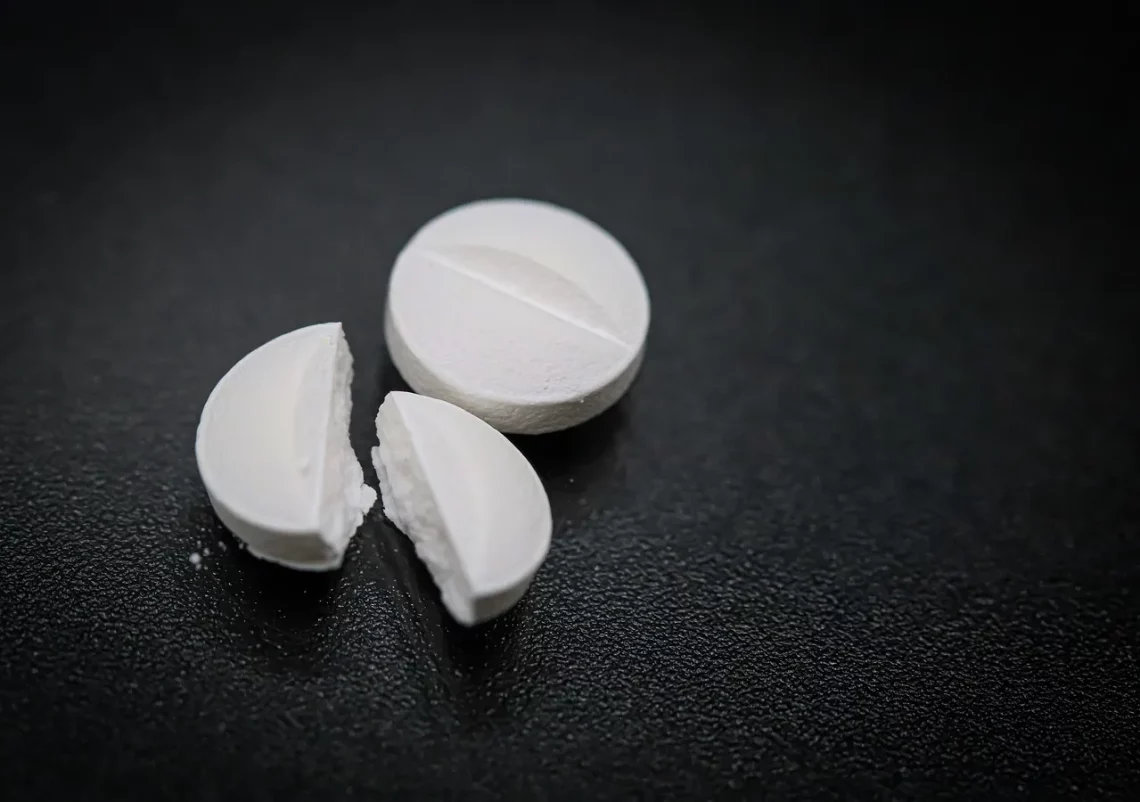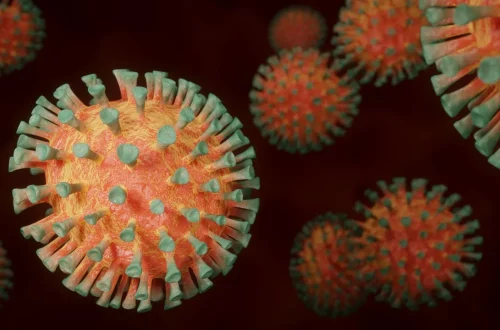
Understanding Liquid Gabapentin for Cats: Benefits and Usage Guide
Understanding Liquid Gabapentin for Cats: Benefits and Usage Guide
When it comes to the well-being of our feline companions, ensuring they receive appropriate medical treatment is crucial. One medication that has gained attention in recent years is liquid gabapentin. This medication, originally developed for humans, has been found to be effective in treating various conditions in cats, particularly in managing pain and anxiety. The rise in interest surrounding liquid gabapentin is largely due to its versatility and the growing understanding of its benefits in veterinary medicine.
Gabapentin works by modulating the way nerves send messages to the brain, effectively reducing the sensation of pain and providing calming effects for anxious animals. As pet owners become increasingly aware of the options available for their cats, understanding how to use this medication, along with its benefits and potential side effects, becomes essential. With appropriate guidance, liquid gabapentin can significantly enhance the quality of life for many cats, particularly those experiencing chronic pain or anxiety-related disorders.
As we delve deeper into this topic, it’s important to consider the various aspects of liquid gabapentin, including its mechanism of action, proper usage guidelines, and the benefits it can provide. By equipping ourselves with knowledge about this medication, we can make informed decisions regarding our pets’ health and well-being.
What is Gabapentin and How Does It Work?
Gabapentin is a medication that was initially designed to treat epilepsy and neuropathic pain in humans. It works by affecting neurotransmitters in the brain, thereby altering the way pain signals are sent to the nervous system. In cats, gabapentin is often prescribed to manage pain associated with surgery, injury, or chronic conditions such as arthritis. Additionally, it can be used to alleviate anxiety, particularly in situations that may cause stress for cats, such as vet visits or changes in their environment.
The active ingredient in gabapentin is designed to bind to specific receptors in the brain, reducing the release of excitatory neurotransmitters that contribute to the sensation of pain. As a result, cats may experience relief from both physical discomfort and anxiety, making it a valuable tool in modern veterinary practice. The liquid formulation of gabapentin is particularly advantageous for feline patients, as many cats are notoriously difficult to medicate with pills.
In terms of dosage, it’s vital to follow your veterinarian’s recommendations closely. Gabapentin dosages for cats can vary based on the condition being treated, the cat’s weight, and overall health. Liquid gabapentin typically comes in a flavored formulation, making it more palatable for cats, which can ease the process of administering the medication. This is especially beneficial for cats that may be finicky eaters or resistant to taking pills.
While gabapentin is generally considered safe for cats, it’s essential to monitor your pet for any side effects. Common side effects may include drowsiness or lethargy, which can occur as the body adjusts to the medication. More severe side effects are rare but can include gastrointestinal issues or changes in behavior. Always consult your veterinarian if you notice any concerning symptoms after administering gabapentin to your cat.
Benefits of Liquid Gabapentin for Cats
Liquid gabapentin offers several benefits for cats, particularly those dealing with pain or anxiety. One of the most significant advantages is its effectiveness in pain management. Whether your cat has undergone surgery, is dealing with chronic pain from arthritis, or has experienced an injury, gabapentin can help alleviate discomfort and improve overall quality of life.
Another benefit of using liquid gabapentin is its ability to reduce anxiety in cats. Many felines experience stress in situations such as traveling, vet visits, or changes in their environment. Gabapentin can provide a calming effect, making it easier for cats to cope with these stressors. This is particularly important for cats that may become aggressive or overly anxious in unfamiliar situations, as it allows them to feel more at ease.
Additionally, the liquid formulation is easier to administer than pills, which is a major advantage for pet owners. Cats are often resistant to taking oral medications, and liquid gabapentin can be given directly using a syringe or mixed into their food. This ease of administration encourages consistent dosing, which is crucial for maximizing the medication’s effectiveness.
Moreover, liquid gabapentin has a relatively quick onset of action. Pet owners may notice improvements in their cat’s behavior within a few hours after administration. This rapid response can be particularly beneficial for situations where immediate relief is needed, such as during a stressful event or after a painful procedure.
In summary, the benefits of liquid gabapentin for cats extend beyond just pain relief. Its ability to manage anxiety, ease administration, and provide quick relief makes it a valuable resource for pet owners seeking to enhance their cat’s comfort and well-being. However, it is always essential to work closely with your veterinarian to determine the best treatment plan for your feline companion.
How to Administer Liquid Gabapentin Safely
Administering liquid gabapentin to your cat can be a straightforward process if done correctly. First and foremost, it’s essential to follow your veterinarian’s dosing instructions precisely. The dosage may vary based on your cat’s weight, age, and specific health needs, so adhering to the prescribed amount is crucial for ensuring efficacy and safety.
When preparing to give your cat liquid gabapentin, gather the necessary supplies. You will typically need the medication, a syringe (often provided by your vet), and perhaps a towel to wrap your cat in if they are particularly squirmy. It’s essential to create a calm environment for the administration process, as stress can make the experience more challenging for both you and your cat.
To administer the medication, draw the prescribed amount into the syringe. Gently but firmly hold your cat, either in your lap or on a flat surface. It can be helpful to wrap your cat in a towel to prevent sudden movements. Position the syringe in the side of your cat’s mouth, aiming for the space between the cheek and teeth. Administer the gabapentin slowly, allowing your cat time to swallow. Be patient and reassuring, as some cats may need time to acclimate to the process.
If your cat refuses to take the medication directly, mixing it with a small amount of their favorite food can sometimes work. However, be cautious as not all cats will consume food that has had medication mixed in. Always ensure they eat the entire portion to receive the full dose.
After administering the medication, monitor your cat for any immediate reactions. Look for signs of drowsiness, gastrointestinal upset, or any unusual behavior. If you notice any concerning symptoms, reach out to your veterinarian for advice. Regular communication with your vet is essential to ensure that the medication is having the desired effects and that your cat is tolerating it well.
In conclusion, administering liquid gabapentin to your cat can be a manageable task when approached with care and attention. By following dosage instructions, creating a calm environment, and monitoring your cat’s response, you can help ensure a positive experience for both you and your feline companion.
**Disclaimer:** This article is for informational purposes only and should not be considered medical advice. Always consult your veterinarian for health-related concerns and before starting any new medication for your pet.




